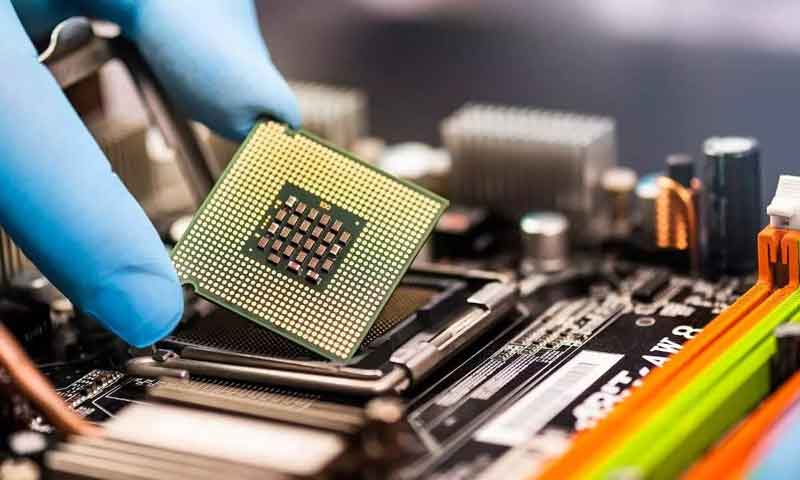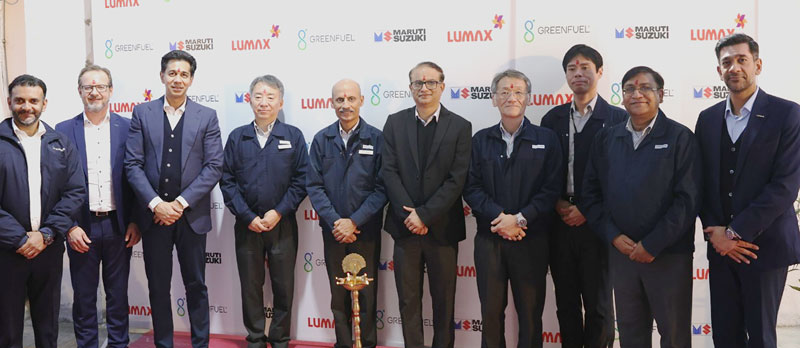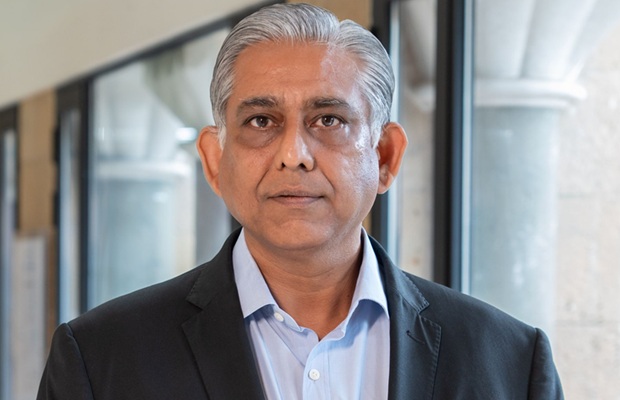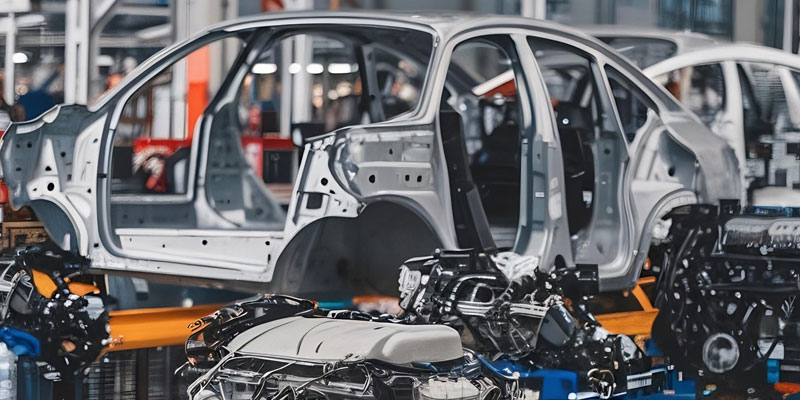Schedule a Call Back
PLI schemes: Making India a global manufacturing hub?
 Articles
Articles- Feb 17,23

Various policy initiatives have been taken up as a means to promote India’s manufacturing sector through the years. A turning point was seen when the AatmaNirbhar Bharat initiative of 2020 was announced by the Government of India. This initiative was focussed on achieving self-reliance in the manufacturing sector in India through a combination of policy reforms and government support.
State government incentives have been almost consistently offered to manufacturing industries over the past many years. These are greatly popular amongst companies owing to their lucrative nature and ability to be tailored to an entity’s needs in case of larger investments. In recent times, however, Central Government incentives have also gained more popularity through various sector focussed schemes such as Pradhan Mantri Kisan Sampada Yojana, Scheme for Promotion of Manufacturing of Electronic Components and Semiconductors (SPECS), Manufacturing and Other Operations in Custom Warehouse (MOOWR) etc. To encourage holistic growth across sectors, it became apparent that the coverage of incentives would need to be extended to various areas of the economy.
In recognition of this need, the Production Linked Incentive (PLI) Schemes were launched. These are simplistic sector schemes with the benefit that it allows investors to gain sight of the likely incentive quantum, allowing for an informed investment decision. The first tranche of the Production Linked Incentives scheme was launched in March 2020, covering three sectors – pharmaceutical (critical key starting materials / drug intermediaries / active pharmaceutical ingredients), mobile and electronic components, and medical devices. With several companies applying under these, the scheme was further extended to 10 more sectors through a second tranche (Refer Table 1).
The objective of the PLI scheme is to make domestic manufacturing globally competitive. Applicant companies are chosen through a combination of capacity creation, investment commitment and turnover. An annual turnover-based incentive is offered to selected applicants that is computed as a specified percentage of the incremental sales over the sales of the specified base year. This is paid directly to the companies as a cash subsidy. Domestic value addition is a key criterion in these schemes and has been elaborated in the following section.
It is expected that while the domestic consumption needs would be met through the capacity creation, there would be a surplus, which would allow for more exports from India. However, the quantum of the subsidy is not dependent upon whether the incremental sales are achieved through domestic sales or export sales.
While choosing the sector that would be eligible for PLI, the following have been guiding principles:
The schemes are administered by the relevant ministries/departments and a Project Management Agency (PMA). The following steps are generally involved:
1. Interested applicants may apply on a specified portal, detailing their investment proposal (particularly the committed investment and projected turnover)
2. These proposals are then evaluated by the authorities through a scoring system. Selected applicants are then offered an approval letter.
3. The conditions of the approval letter have to be complied with and upon doing so, the other compliances come into effect, such as a quarterly review report and responses to any queries
4. At specified intervals (usually annually), the incentives claim application must be filed along with the appropriate documentation
Upon receipt of the approval letter, applicants are allowed time to meet their investment commitments. The Ministry / Department, through the PMA, undertakes continuous and timely monitoring of the applicant’s progress, with interventions as necessary. The proper documentation needs to be maintained to provide accurate progress reports. After meeting the commitments set by the applicant’s proposal, incentives are disbursed via a cash subsidy.
Selection criteria of applicants across PLI schemes
The selection criteria of applicants in the PLI schemes were drafted, keeping in mind the nuances of the sector. The major criteria across these schemes have been explained below:
Impact of PLI on manufacturing industry
The PLI schemes have been instrumental in forging the path ahead for India. The following illustrate a few areas where their presence has made a difference:
Way forward
The PLI Scheme have come at an opportune time in the wake of Covid 19. Investors have been looking to diversify their manufacturing operations across the globe, and India is appearing to be an alternate manufacturing destination as part of the China Plus One strategy. The Scheme is a testament to the vision of the Government for providing long-term industrial support.
One of the reasons of the scheme’s success is the tangibility of the investments made. By providing a subsidy linked to sales, higher sales have to be achieved to claim higher incentives. In the same vein, the success of the Scheme is also dependent on its smooth functioning. Applicants have faced issues, such as those relating to higher qualifying investments as compared to production goals, as well as achievement of higher-than-normal year-on-year sales growth. Another issue faced is the compliance with the DVA condition. While this can be achieved once the manufacturing ecosystem has been established, in the nascent stages of the schemes, meeting a higher DVA percentage may not be feasible.
The way forward for the PLI schemes has to be inclusion of a diverse variety of investors, irrespective of greenfield or brownfield investments. The Government can take note of these and accordingly incorporate them into the upcoming schemes.
In addition to the 14 sectors announced so far, there have been discussions on extending the scheme to the following areas:
The Government recently announced the National Green Hydrogen Mission with a budgetary outlay of Rs 19,744 crore. The PLI Scheme is expected to be announced soon which will cover manufacturing of green hydrogen and electrolysers. In addition, a new PLI Scheme for textiles is also in the pipeline, with a focus on small and medium enterprises (SMEs). This coverage of multiple sectors may put India on the track to becoming a global manufacturing hub and realising the vision of AatmaNirbhar Bharat.
Further, state incentive packages are also available to manufacturers, allowing a recoup of approximately 30-100 per cent of the investment made. These are available through a combination of:
A customised incentives package may also be offered by the state on substantial investments.
Investors may adopt a combined approach to the Central and State Government incentives since these can be availed simultaneously. There is much to benefit from the holistic support extended by the government to the industrial sector. These steps can help position India as a global hub of manufacturing.
References:
PLI Schemes To Remain In Demand; FY24 Will Prove Success of Scheme: Economists (bqprime.com)
https://pib.gov.in/PressReleasePage.aspx?PRID=1858066
About the author:
Bhavesh Thakkar is the Partner (Tax and Regulatory), Indirect Tax, at EY India. A Chartered Accountant and a post-graduate in Commerce, he has 24 years of professional experience in tax and regulatory services. His expertise includes end-to-end services for incentives and subsidies for greenfield and brownfield projects, both at the Central and Sate Government levels, as well as government advocacy for incentives and subsidies across sectors.
This article was co-authored by Manas Mutatkar and Pooja Savlani.
Related Stories

Greenfuel Launches Ferrule-less Tube Line to Boost Make in India
Greenfuel Energy Solutions opens a new ferrule-less tube line in Manesar, enhancing local manufacturing, technology transfer, and alternate-fuel vehicle support.
Read more
India’s Top 100 Engineering Companies 2025 by Smart Manufacturing & Enterprises
FY25 unfolded against a challenging external setting. Despite the global headwinds, India posted real GDP growth of 6.5 per cent in FY2024–25. In this edition, Smart Manufacturing & Enterprises (S..
Read more
Texmaco Wins Rs 150.6 Mn Contract for Ballastless Track Systems in Delhi Metro
The ballastless track system is a key component of modern metro infrastructure globally, offering enhanced stability, reduced maintenance, and superior performance under high-frequency operations.
Read more














